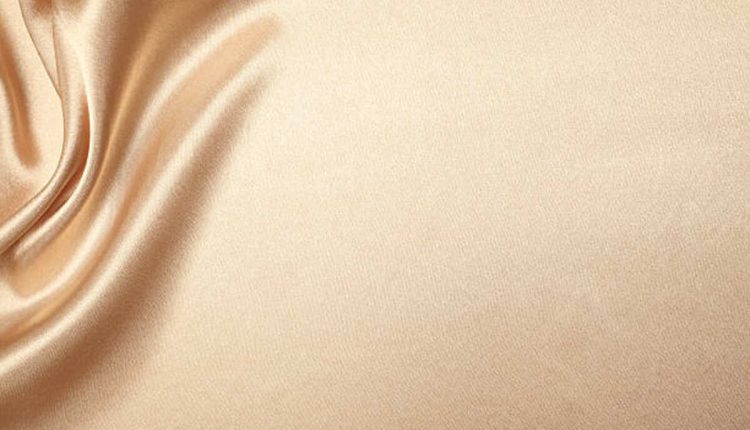Key Takeaways:
- Textile fibers play a crucial role in the fashion and manufacturing industries.
- Innovations in textile fibers contribute to sustainability and performance.
- Various applications of these fibers range from activewear to medical textiles.
A Brief Overview of Modern Textile Fibers
Modern textile fibers have revolutionized the fashion industry, offering enhanced durability, flexibility, and comfort. Innovations in this field cater to aesthetic and functional needs, providing fabrics that meet the diverse requirements of consumers. One of the standout innovations is elastane, known for its exceptional elasticity and resilience. Incorporating such advanced fibers has opened myriad possibilities for designers and manufacturers, ensuring that garments look good, feel comfortable, and perform various functions effectively. This emphasis on dual functionality—combining aesthetics with performance—has driven significant advancements in the textile industry over recent years.
The Importance of Sustainability in Textiles
Sustainability has become an integral focus in textile production. Many companies are shifting towards eco-friendly practices to reduce environmental impact. Utilizing recycled materials and adopting sustainable production processes are critical steps in this transformation. This commitment to sustainability benefits the environment while meeting the rising consumer demand for ethical products. Sustainable textiles often involve organic fibers, low-impact dyes, and methods that significantly reduce water and energy consumption during production. By implementing these sustainable practices, the textile industry is minimizing its carbon footprint and setting a precedent for other manufacturing sectors to follow.
Athletic and Performance Wear
One of the significant applications of innovative textile fibers is in athletic and performance wear. These fibers offer increased moisture-wicking, breathability, and flexibility, allowing athletes to perform at their best. High-performance fabrics enhance comfort and reduce chafing during strenuous activities, making them essential for professional athletes and fitness enthusiasts. The combination of advanced materials and design ensures that sportswear supports the body during intense activities and helps maintain optimal body temperature and comfort levels. Additionally, performance wear is often designed with UV protection, odor resistance, and rapid drying capabilities, further supporting athletic endeavors.
Benefits for Athletes
Innovative fibers like elastane provide superior stretch and support, directly contributing to athletes’ performance. The flexibility of these materials allows for a full range of motion, which is especially crucial in sports requiring agility and endurance. Additionally, the moisture-wicking properties of these fibers ensure that sweat is efficiently managed, keeping the athlete dry and reducing the risk of skin irritations. This makes elastane-based sportswear a preferred choice for runners, gym enthusiasts, and even professional athletes competing at the highest levels. Furthermore, the durability of these innovative fibers ensures that performance wear lasts longer, retaining its shape and functionality through rigorous use and frequent washing.
Medical Textiles and Their Applications
The medical field also benefits from advanced textile fibers. These materials are used in wound dressings, implants, and surgical threads. The biocompatibility and sterility of these fibers make them ideal for various medical applications. Medical textiles offer unique properties such as antimicrobial effectiveness and controlled moisture management, which are crucial in patient care and recovery. Furthermore, developing smart textiles in the medical field promises innovations like bandages that can monitor wound conditions and release medications as needed, enhancing the healing process. These innovative medical textiles improve treatments’ effectiveness, enhance patient comfort, and reduce recovery times.
Casual Wear and Everyday Comfort
In addition to specialized applications, innovative textile fibers are transforming everyday clothing. Enhanced stretchability and durability provide comfort and longevity, making them a popular choice for casual wear. Consumers appreciate these fibers’ flexibility and ease of movement, contributing to overall garment satisfaction. The versatility of these textiles ensures that they can be used in various garments, from jeans that keep their shape even after multiple washes to t-shirts that provide a snug yet comfortable fit. Moreover, innovative fibers are often blended with natural materials like cotton, creating fabrics that offer the best of both worlds—comfort and performance.
Benefits for Consumers
Casual wear from innovative fibers ensures a comfortable fit, adapting to the wearer’s body shape and movement. This adaptability is particularly valued in daily wear, where comfort and versatility are paramount. Moreover, these fibers often come with easy-care properties, meaning garments retain their form and functionality without special washing instructions, thus simplifying the consumer’s life. The longevity of these textiles also means that clothing remains in good condition for more extended periods, offering better value for money and reducing the need for frequent replacements, which is another step towards sustainability.
Future Trends in Textile Innovation
Looking ahead, the future of textile innovation appears promising. The industry is poised to benefit from advancements such as smart textiles, which integrate technology into fabric, and bio-based fibers that offer unique eco-friendly properties. Innovations in intelligent textiles include fabrics that can change color based on environmental conditions, track biometric data, or even store energy. As research and development continue to push the boundaries, textiles will become more intelligent and sustainable, offering more significant benefits to consumers and industries alike. Developing new materials and manufacturing processes will ensure these innovations are accessible and beneficial across different sectors, from fashion to healthcare. The potential for smart textiles to interact with digital ecosystems is another exciting frontier, transforming how we think about and use fabrics in our daily live
Conclusion
The ongoing advancements in textile fibers are set to significantly impact various sectors, from fashion and sportswear to medical applications. By adopting sustainable practices and embracing new technologies, the textile industry continues to evolve, offering enhanced performance and comfort to consumers worldwide. As these innovations become more widespread, they promise to significantly improve the quality and functionality of everyday items, making life easier, healthier, and more enjoyable for all. The commitment to sustainability also means that future generations will benefit from an industry that is mindful of its environmental footprint, leading to a more sustainable and responsible world.
Read also: Punjabi Girls DP: A Cultural Exploration.

